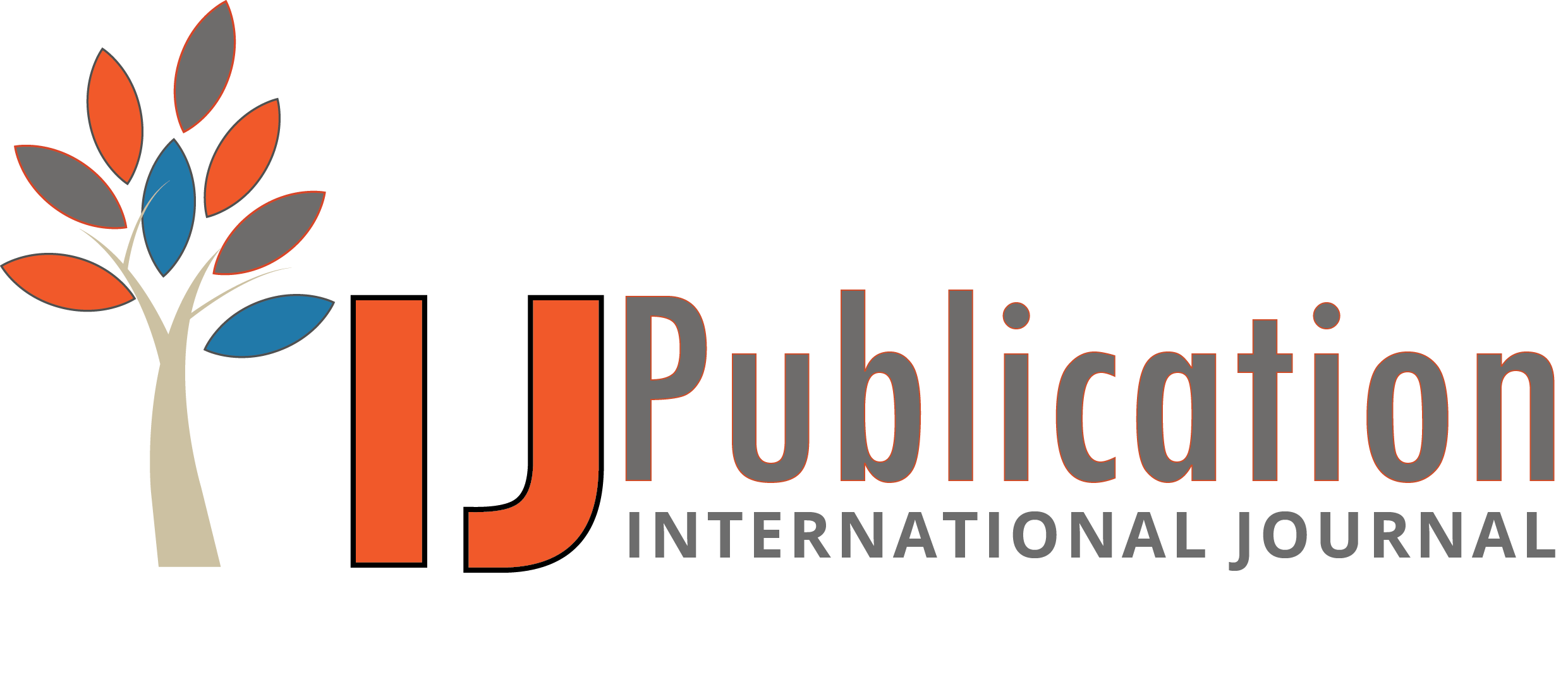Balachandar Ramalingam Reviewer
16 Oct 2024 03:40 PM
 Approved
Approved
Relevance and Originality
This research addresses a significant need for improved operational efficiency in organizations, particularly in managing processes like leave management, task tracking, and workflow automation. By leveraging Microsoft Power Apps, the study presents an original approach to creating a unified application that integrates multiple organizational processes. This focus on streamlining operations and enhancing productivity is particularly relevant in today’s fast-paced business environment, making the research valuable for practitioners seeking practical solutions.
Methodology
The methodology outlined appears comprehensive, incorporating both technical and managerial aspects of application design. The use of Data Flow Diagrams (DFDs) to represent workflow and data structures is a strong choice, as it visually communicates the process flow and integration of business rules. However, more detail on the specific implementation steps, such as how the automation is achieved and the criteria for evaluating workflow efficiency, would enhance the clarity of the methodology. Including user feedback or case studies from the application’s deployment would also strengthen the practical implications of the methodology.
Validity & Reliability
The findings indicate that the model-driven application successfully streamlines organizational processes and improves efficiency. To bolster the study's validity, it would be beneficial to include quantitative metrics that demonstrate improvements in operational efficiency, such as time saved or error reduction. Discussing the limitations of the application or challenges encountered during its implementation could provide a balanced perspective on its reliability and practical applicability.
Clarity and Structure
The paper is well-structured, with a clear progression from the introduction of the problem to the presentation of the solution and its evaluation. However, the writing could benefit from a more concise summary of key findings and implications at the end of each section. Additionally, including visual aids, such as flowcharts or screenshots of the application interface, could enhance reader engagement and understanding of the system’s functionality.
Result Analysis
The analysis of results should delve deeper into specific outcomes achieved through the application, such as improvements in user engagement, employee satisfaction, or process speed. Providing examples or case studies that illustrate how the application positively impacted organizational operations would be particularly valuable. Moreover, discussing potential future enhancements, such as integrating AI for predictive analytics or extending functionalities for remote work environments, could provide insights into the application’s long-term relevance and adaptability in evolving work contexts.








Balachandar Ramalingam Reviewer